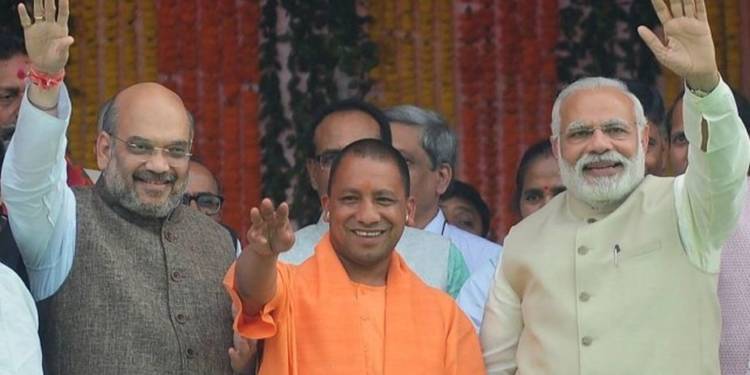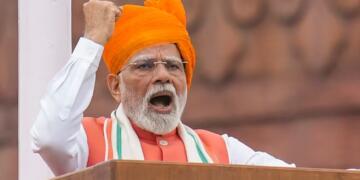Two days ago, the government of Uttar Pradesh announced that it will set up a single recruitment agency to conduct all the government jobs recruitment exams, on the lines of the Central Government which announced a similar policy a few weeks ago.
Uttar Pradesh became the first state to follow the central government in setting up a single agency to conduct all recruitment exams for all state government exams which will make the life of students appearing for these exams a lot much easier.
In the last few years, following the central government’s initiatives on policy reforms has been a theme of UP’s governance model. In any federal set-up, state governments have autonomy to develop their unique model of governance on the subjects which are in its jurisdiction or in common list (state and centre).
However, if a state is poorer compared to the average of the country, it is better to align the policies with the central government to reach on par with the centre. In the last few decades, the states which performed better on economic growth and governance have been the states which had the government of the party which is ruling at centre, be it Maharashtra or Haryana.
Even the states which have governments of any of two national parties- BJP and Congress- performed better compared to those ruled by regional parties. Bihar and UP, two of the worst performing states of the union, had been ruled regional parties for the most of the period in the last three decades, and this is one of the reasons behind their poor performance on socio-economic parameters.
The state capacity (efficiency of the government to deliver public goods) is low in the states and their bureaucracy is inefficient. So, it is better to implement the policies developed by the central government with some tweaks rather than going in altogether a different direction. If the state’s policies are aligned with centre, the utilization of the fund allocated for centrally sponsored schemes (schemes for which centre and state both give money) as well as Central Sector Schemes (those completely sponsored by centre) is more efficient.
Moreover, when the union and states have the government of the same parties, in most of the cases, the grants by the central government to the state is also more than the state ruled by opposition. The corporates also prefer to invest in the states ruled by the ruling party at the centre as there are very little chances of knee-jerk policy flip-flops.
For the first time in the last three decades, Uttar Pradesh has a single party majority government of a party which is also ruling the centre, that too with a single party majority. And the UP government has very strategically aligned its policies with the central government which is resulting in massive investment in the state.
In the last budget, the UP government announced setting up of UP NITI Aayog on the lines of Central government’s NITI Aayog, the premier policy research institute set up in the place of erstwhile planning commission. And now, the UP government followed the union government with setting up a single recruitment agency. UP has also enrolled the highest number of people for the benefits of central government’s schemes such as PM-KISAN direct benefit transfer, Aayushman Bharat Yojna etc..
On the lines of the central government, it amended labour laws and reformed agricultural marketing practices after the Modi government introduced an ordinance to amend the agricultural laws in order to free up the sector.
The state is reaping the benefits of good governance and aligning itself with the union, as the foreign investment reached all time high and many companies announced new manufacturing units in cities such as Noida, Lucknow, Agra etc.
As India plans to become a manufacturing hub, the UP government is aggressively marketing the state as an alternative for the companies moving their factories out of China. The state is posed to become an ideal investment destination if the UP government continues with land, labor reforms, and provides good governance.


































